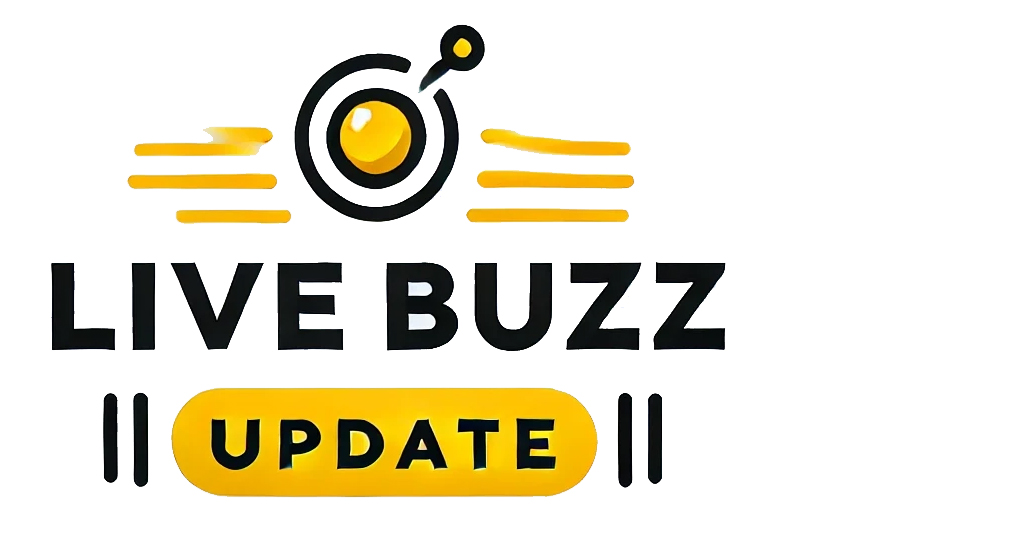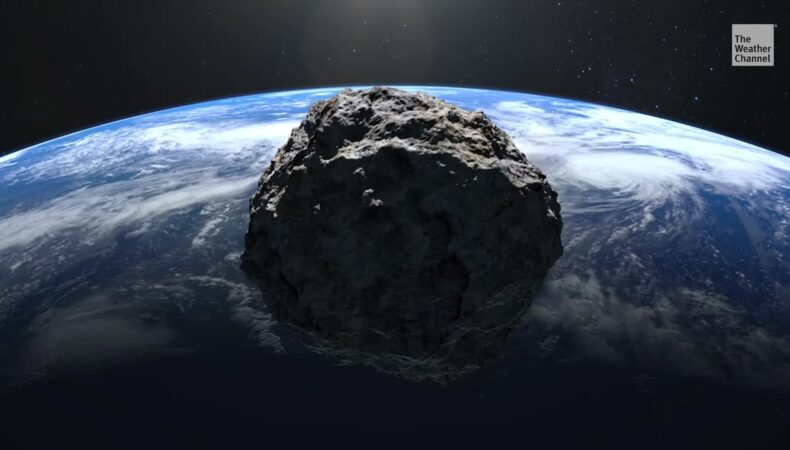Modifications in NASA’s prediction of a potential asteroid strike have been noted, based on new data about the celestial body. The probability of an asteroid, identified as 2009 JF1, colliding with Earth has been re-estimated by the space agency.
According to NASA’s Center for Near-Earth Object Studies (CNEOS), the chances of the 130-foot-wide asteroid striking our planet on May 6, 2022, have been marginally reduced. Previously, NASA reported that this asteroid had a 0.026% chance of impacting Earth. The newly revised odds indicate that the likelihood of such an event has now dipped to 0.025%. Despite this minor adjustment, the threat still exists.
The CNEOS, responsible for tracking and predicting the trajectories of Near-Earth Objects (NEOs), monitors asteroids and comets that could come within 30 million miles of orbiting our planet. The calculations made by the Centre help authorities prepare for the worst-case scenario – an asteroid strike that could result in significant damage and potential loss of human life. NASA is focused on identifying potentially hazardous NEOs in order to calculate the odds of an impact far enough in advance to provide ample warning time.
Astronomical comparisons place the size of 2009 JF1 roughly equivalent to the Great Pyramid of Giza, Egypt. The effects of an asteroid of this size impacting the Earth could potentially be catastrophic, causing damage on both a local and regional scale. However, in weighing up the risk, it is advised that this is a relatively low-propability event.
A substantial body of research had been commissioned to help scientists understand asteroids better and to come up with strategies that could potentially deflect these objects away from a collision course with Earth. NASA’s Planetary Defense Coordination Office is managing the Double Asteroid Redirection Test (DART), due to launch later this year. DART is designed to demonstrate the effectiveness of a kinetic impactor – a spacecraft designed to collide with a target asteroid and shift its trajectory away from Earth.
While the estimated chances of asteroid 2009 JF1 hitting the Earth are minimal, scientists will continue to track its progress and make adjustments where necessary. The continuous monitoring and research conducted by NASA and other global space agencies is testament to a worldwide commitment to protect humanity from NEO threats.
Last modified: February 23, 2025



